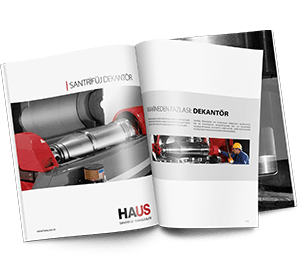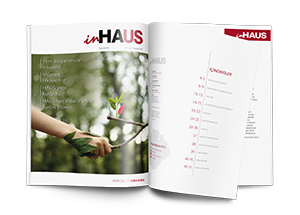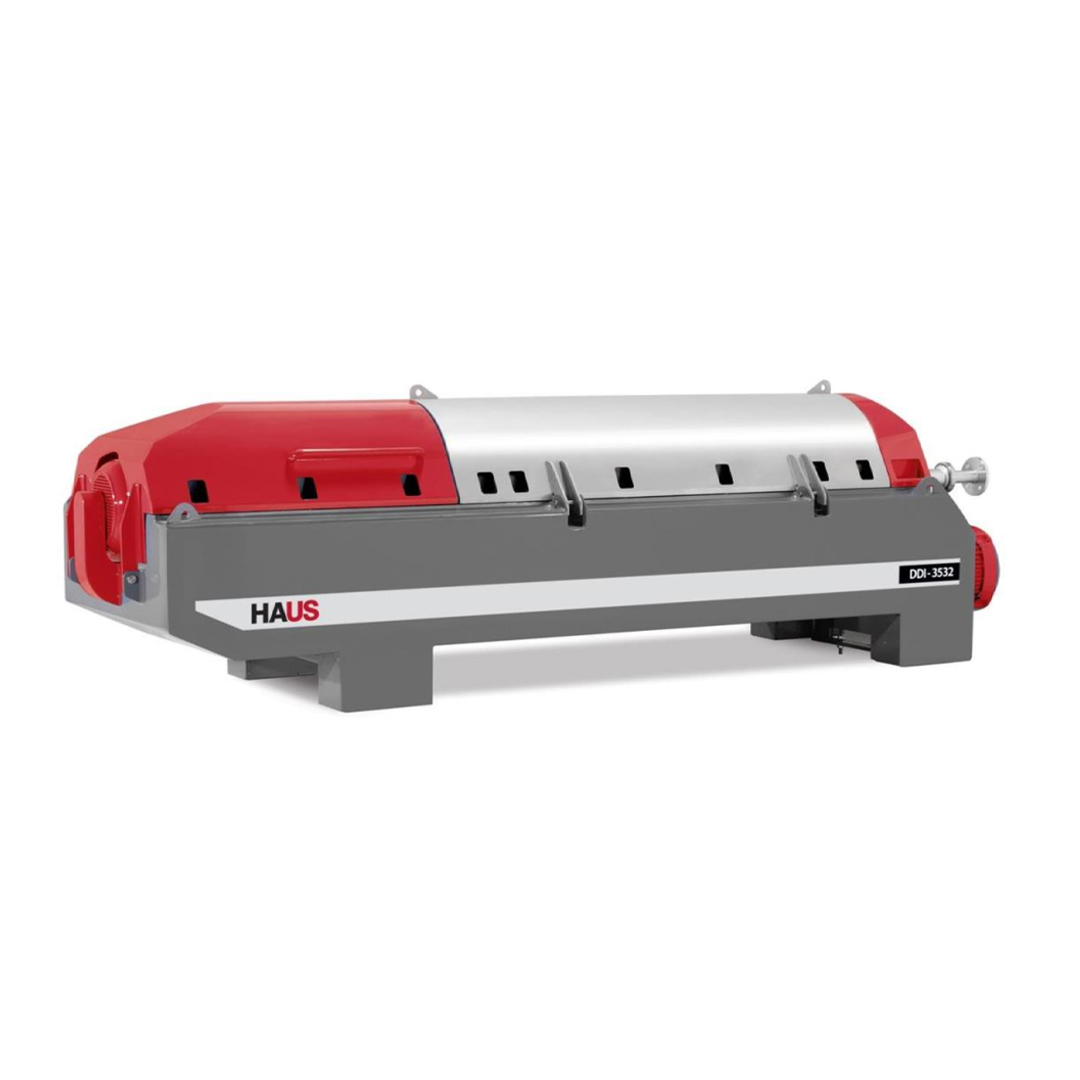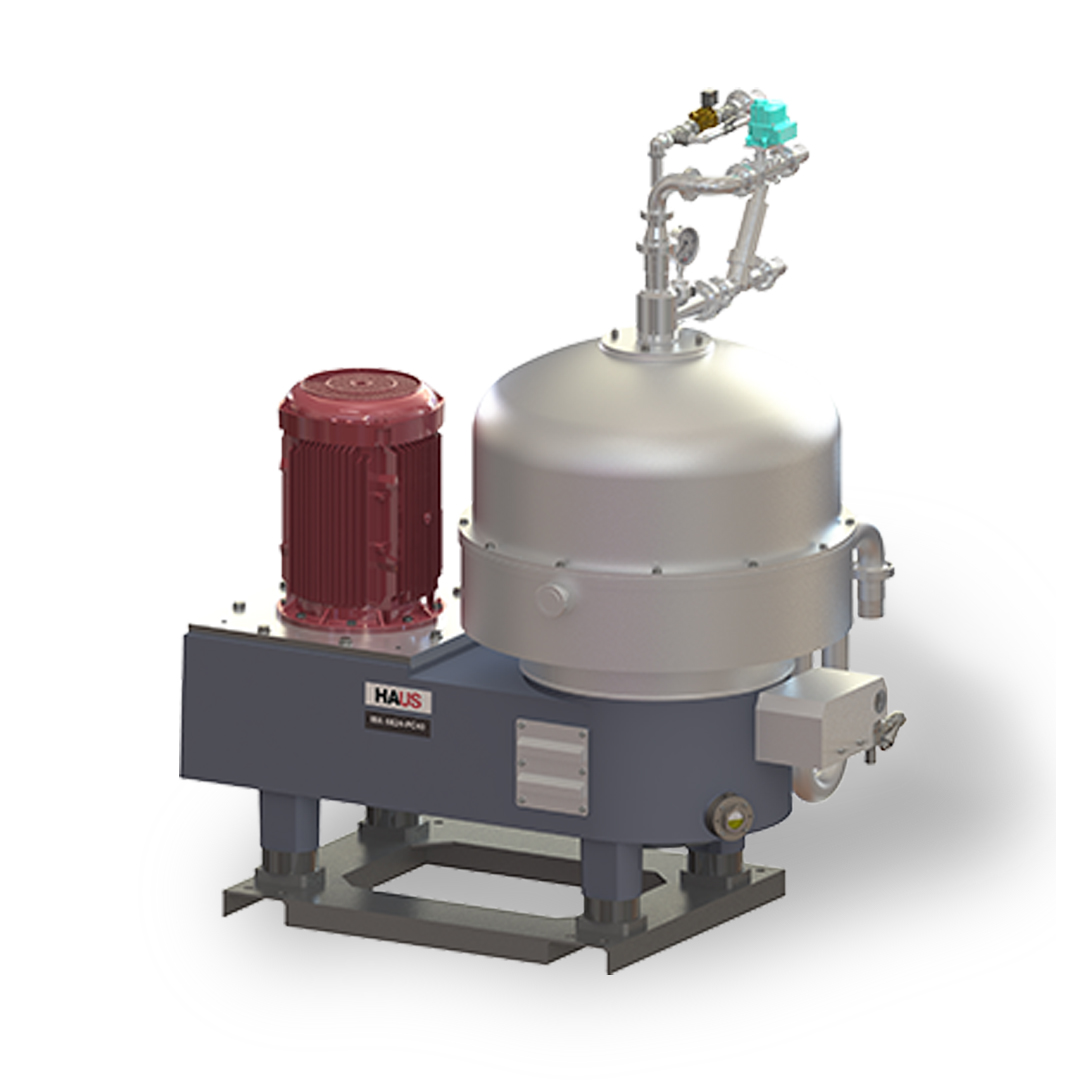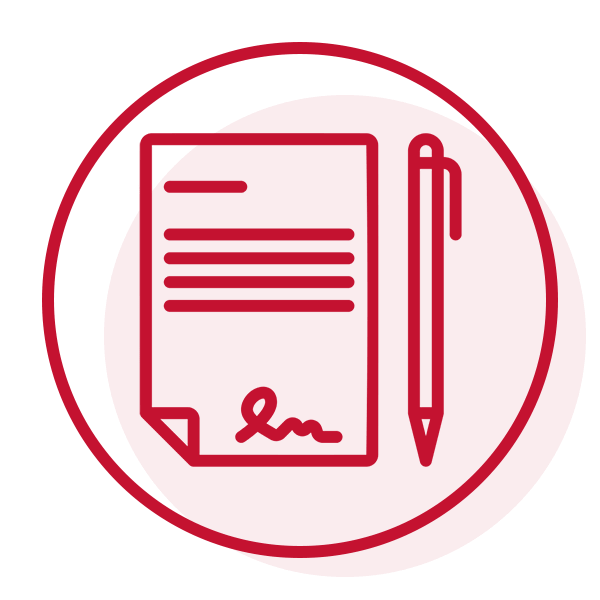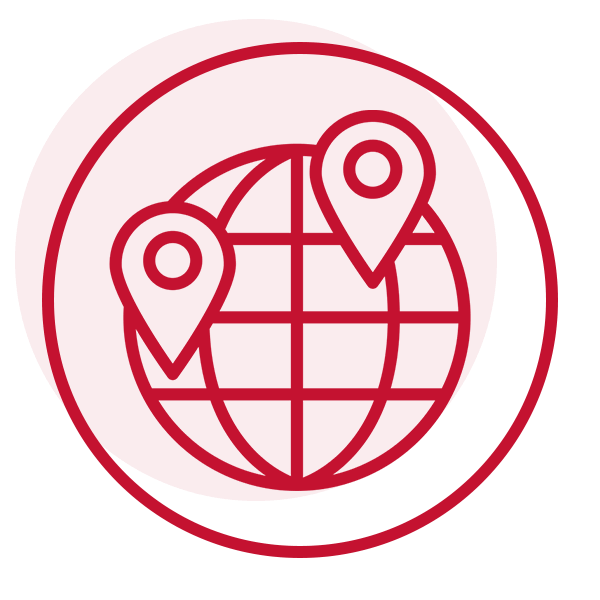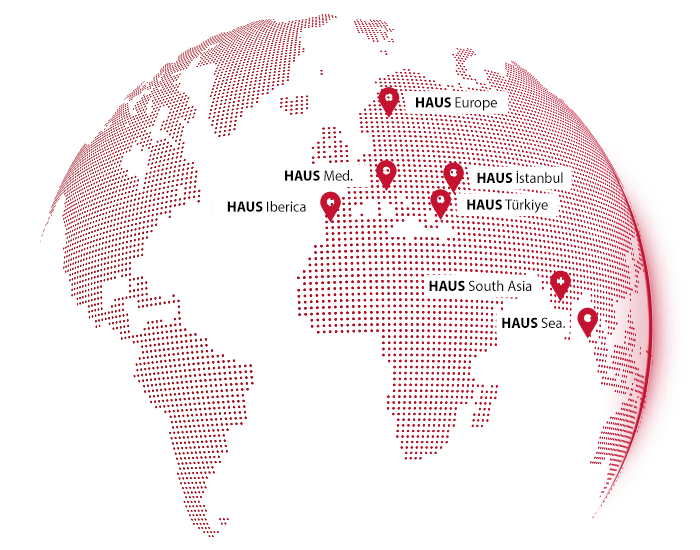Rendering Industry
Bovine, ovine and poultry raising industry is growing throughout the world depending on the population increase. The biggest cost item of this industry is the high protein content feeds used for feeding the animals. Remnants output from the slaughterhouses are processed in rendering plants to mitigate environmental problems and to produce products with added value. For recycling of animal remnants back to economy and for providing contribution to feed costs, different types of rendering plants equipped with advanced technology and automation are established to process such products.
Rendering Products Used as Feed Raw Material;
Meat Meal&Fat; The product obtained by collecting, cooking and pressing the remnants with animal fat content produced in slaughterhouses and sausage, salami manufacture plants is then separated into phases in decanter centrifuge to produce 2 main products as meat fat and meat meal.
Bone Meal&Fat; The product obtained by cooking-grinding the animal bones which are separated from fat and collagen tissues in bovine and ovine slaughterhouses is then separated into phases in decanter centrifuge to produce 2 main products as bone fat and bone meal.
Blood Meal; Bloods of the animals are collected upon slaughter at the slaughterhouses and delivered to coagulation. Coagulated blood is fed to the decanter to separate blood meal and liquid phase. Solid phase obtained upon decanter is dried and ground to produce blood meal.
Chicken Meal&Fat; Fatty soft tissue remaining upon separation of the poultry pieces used for human consumption is cooked. Upon pressing of the cooked tissue, it is separated into phases in decanter centrifuge to produce 2 main products as chicken fat and chicken meal.
Process Operation
Bovine, ovine and poultry raising industry is growing throughout the world depending on the population increase. The biggest cost item of this industry is the high protein content feeds used for feeding the animals. Remnants output from the slaughterhouses are processed in rendering plants to mitigate environmental problems and to produce products with added value. For recycling of animal remnants back to economy and for providing contribution to feed costs, different types of rendering plants equipped with advanced technology and automation are established to process such products.
Rendering Products Used as Feed Raw Material;
Process Operation
HAUS Centrifuge systems are operated in rendering processes.
2 types of rendering processes are employed in the industry as "wet rendering" and "dry rendering".
The remnants delivered to the plant are shredded to digest the fat tissue. The product ran through shredder is cooked through direct contact with steam. Then it is administered through 2-3 phase decanter centrifuge for separation as solid phase and water-fat phases. It is run through liquid phase concentrator or purificator separators for concentration and purification. Separated solid phase is introduced to drying stage for later use as feed additive.

The remnants delivered to the plant are shredded to digest the fat tissue. The product ran through shredder is cooked through direct contact with steam. Then it is administered through 2-3 phase decanter centrifuge for separation as solid phase and water-fat phases. It is run through liquid phase concentrator or purificator separators for concentration and purification. Separated solid phase is introduced to drying stage for later use as feed additive.

Dry rendering is preferred more since it is faster and produces less odor.
Raw material ran through the shredder is then fed to the cooking section. (This system can be a continuous or a batch system.)
Water content of the raw material cooked at high temperature is evaporated and carried to the pressing section on the belt. By pressing the solid matter fat phase (liquid) and the solid phase which contains protein are obtained.
Ran through the screen to filter coarse sediments, the oil is fed to 2-phase decanter to eliminate the sediment. Optionally, in order to separate the decanter output fat from fine sediment, it is run through the separator to obtain cleaned fat. Solid phase is ran through grinder, dried and then used in feed additives in form of meal.

Ran through the screen to filter coarse sediments, the oil is fed to 2-phase decanter to eliminate the sediment. Optionally, in order to separate the decanter output fat from fine sediment, it is run through the separator to obtain cleaned fat. Solid phase is ran through grinder, dried and then used in feed additives in form of meal.

Blood Meal: Blood meal which is a feed additive is produced by coagulating collected bovine and ovine blood at 85-90°C temperature and separating into solid/liquid phases using decanter centrifuges operating on dehydration principle. Separated moist solid phase is run through drying systems to produce blood meal.


PRODUCTS OF THE APPLICATION
You May Also Be Interested
HAUS
How Can We Help You?
#BECAUSEWECARE

